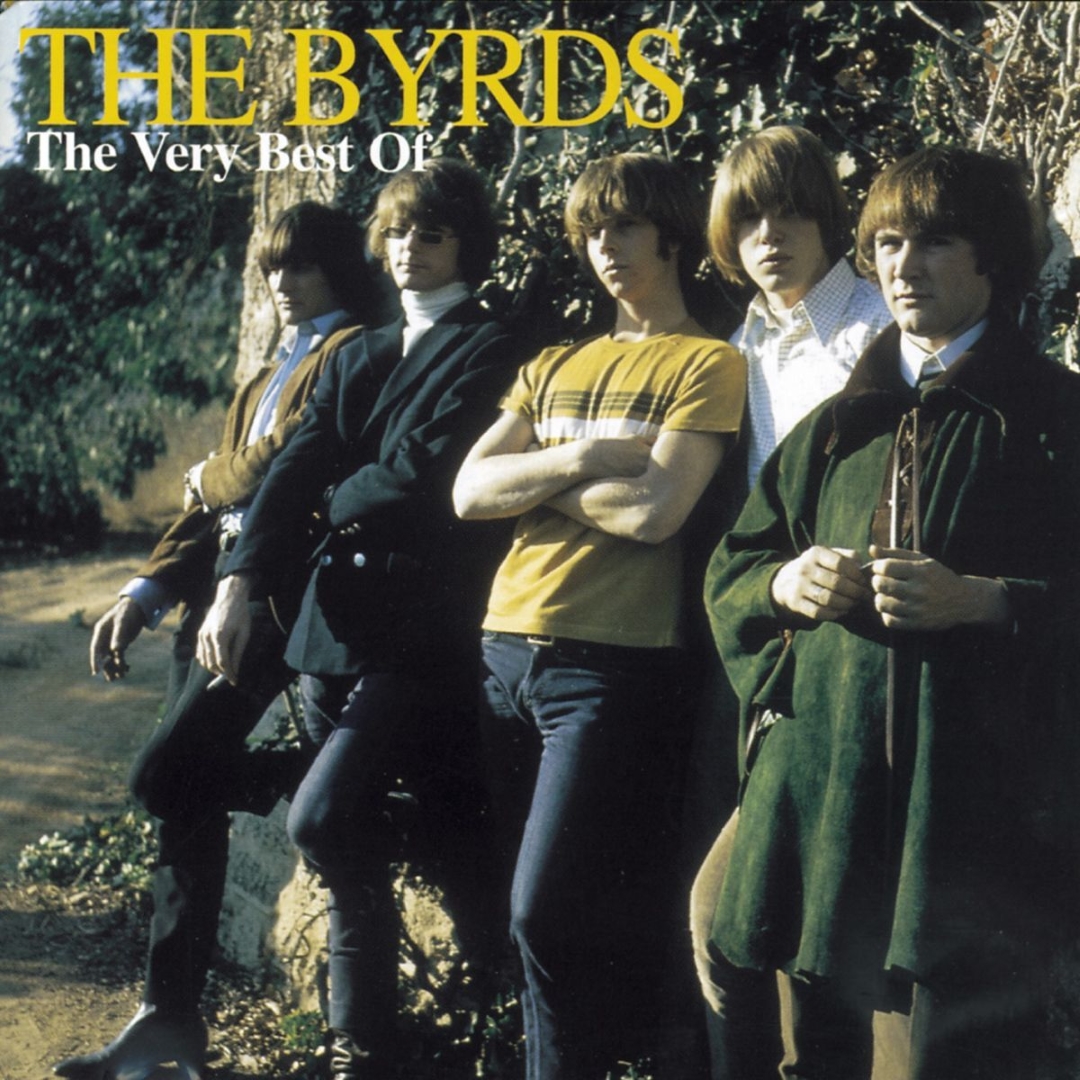
About the song
Released in 1965 as the B-side to “All I Really Want to Do” and also featured on their groundbreaking debut album Mr. Tambourine Man, “I’ll Feel a Whole Lot Better” is a quintessential folk-rock classic by The Byrds. Written by Gene Clark, it’s a poignant and subtly defiant song about moving on from a failing relationship, with a clear sense of the pain involved but also the ultimate relief of leaving. Despite being a B-side, its jangling guitar, tight harmonies, and timeless melody have made it one of their most beloved and influential tracks.
The sound and style: “I’ll Feel a Whole Lot Better” is a perfect encapsulation of The Byrds’ pioneering folk-rock sound. It’s characterized by its signature Rickenbacker 12-string electric guitar jangle, tight vocal harmonies, and a driving yet melodic rhythm. The sound is bright, crisp, and slightly bittersweet, marrying the lyrical introspection of folk with the electric energy of rock and roll. It feels both immediate and timeless.
Musical features:
- Rickenbacker 12-String Jangle: The most distinctive element is Roger McGuinn’s iconic Rickenbacker 12-string electric guitar sound, which delivers the song’s bright, shimmering, and instantly recognizable riff. This “jingle-jangle” sound defined early folk-rock.
- Gene Clark’s Lead Vocals: Gene Clark’s lead vocal is cool, understated, yet imbued with a subtle melancholy that perfectly conveys the emotional ambiguity of the lyrics. He sounds both resigned and resolute.
- Signature Vocal Harmonies: The Byrds’ pristine vocal harmonies, particularly in the chorus, add a layer of lushness and melodic beauty that is instantly identifiable. These harmonies are tight and ethereal, typical of their sound.
- Driving Rhythm Section: The bass (Chris Hillman) and drums (Michael Clarke) provide a steady, propulsive beat that gives the song its rock momentum without overshadowing the melodic elements.
- Concise Song Structure: The song is relatively short and to-the-point, relying on its strong melody and immediate impact rather than extended instrumentation.
- Clean Production: The production is clear and allows each instrument and vocal layer to be distinctly heard, contributing to its timeless appeal.
It’s bittersweet, melodically rich, and subtly defiant, a perfect example of pioneering folk-rock.
Lyrical themes and atmosphere:
“I’ll feel a whole lot better when you’re gone / I’ll feel a whole lot better when you’re gone / I’ll feel a whole lot better when you’re gone / I’ll feel a whole lot better when you’re gone”
The lyrics express the complex emotions associated with the end of a relationship. While the repetitive chorus declares an anticipated sense of relief once the painful relationship is over, the verses convey the emotional toll it has taken and the difficulty of the situation. There’s a subtle undertone of sadness for what was lost, even as the narrator asserts the need to move on. The atmosphere is one of weary acceptance and a yearning for liberation from emotional distress.
Themes:
- Ending a Relationship: The central theme revolves around the decision and process of breaking up.
- Relief vs. Pain: The dichotomy between the anticipated relief of separation and the current emotional suffering.
- Self-Preservation: The act of prioritizing one’s own well-being over a damaging relationship.
- Emotional Ambiguity: The blend of sadness, hope, and determination in the face of a breakup.
- Moving On: The necessity and eventual benefit of leaving a difficult past behind.
Unlike straightforward breakup anthems of anger or sorrow, “I’ll Feel a Whole Lot Better” captures a more nuanced sense of resignation and eventual peace.
Legacy and impact:
- Folk-Rock Standard: A foundational song of the folk-rock genre, showcasing the successful fusion of folk lyrical depth with rock instrumentation.
- Gene Clark’s Songwriting: Highlighted Gene Clark’s burgeoning songwriting talent, which would later be recognized as one of the most significant of his era.
- Influential Guitar Riff: The Rickenbacker jangle became highly influential for countless bands in the years that followed, from power pop to indie rock.
- Classic Rock Radio Staple: Despite being a B-side, it’s become one of The Byrds’ most enduring and frequently played songs on classic rock and oldies radio.
- Covered by Many Artists: Covered by numerous artists across different genres, testifying to its timeless appeal and strong melodic structure.
“I’ll Feel a Whole Lot Better” is more than just a B-side; it’s a pivotal track that helped define a genre and remains a testament to the Byrds’ innovative sound and Gene Clark’s understated brilliance.
Final thoughts: “I’ll Feel a Whole Lot Better” is an exquisite example of how The Byrds perfected the folk-rock sound. The instantly recognizable jingle-jangle of Roger McGuinn’s 12-string guitar sets the stage, while Gene Clark’s cool yet vulnerable vocal perfectly conveys the song’s bittersweet message. It’s a deceptively simple song that captures the complex emotions of a breakup – the pain of the present contrasted with the hopeful relief of the future. It’s a testament to the song’s timeless melody and the band’s masterful interplay that it remains as fresh and resonant today as it was in 1965.
Video
Lyrics
“I’ll Feel A Whole Lot Better”
The reasons why, oh, I can’t say
I have to let you go, babe, and right away
After what you did, I can’t stay onAnd I’ll probably feel a whole lot better
When you’re goneBaby, for a long time, you had me believe
That your love was all mine, and that’s the way it would be
But I didn’t know, that you were putting me onAnd I’ll probably feel a whole lot better
When you’re gone
Oh, when you’re goneNow I’ve got to say that it’s not like before
And I’m not gonna play your games anymore
After what you did, I can’t stay onAnd I’ll probably feel a whole lot better
When you’re gone
Oh, when you’re gone
Oh, when you’re gone
Oh, when you’re gone